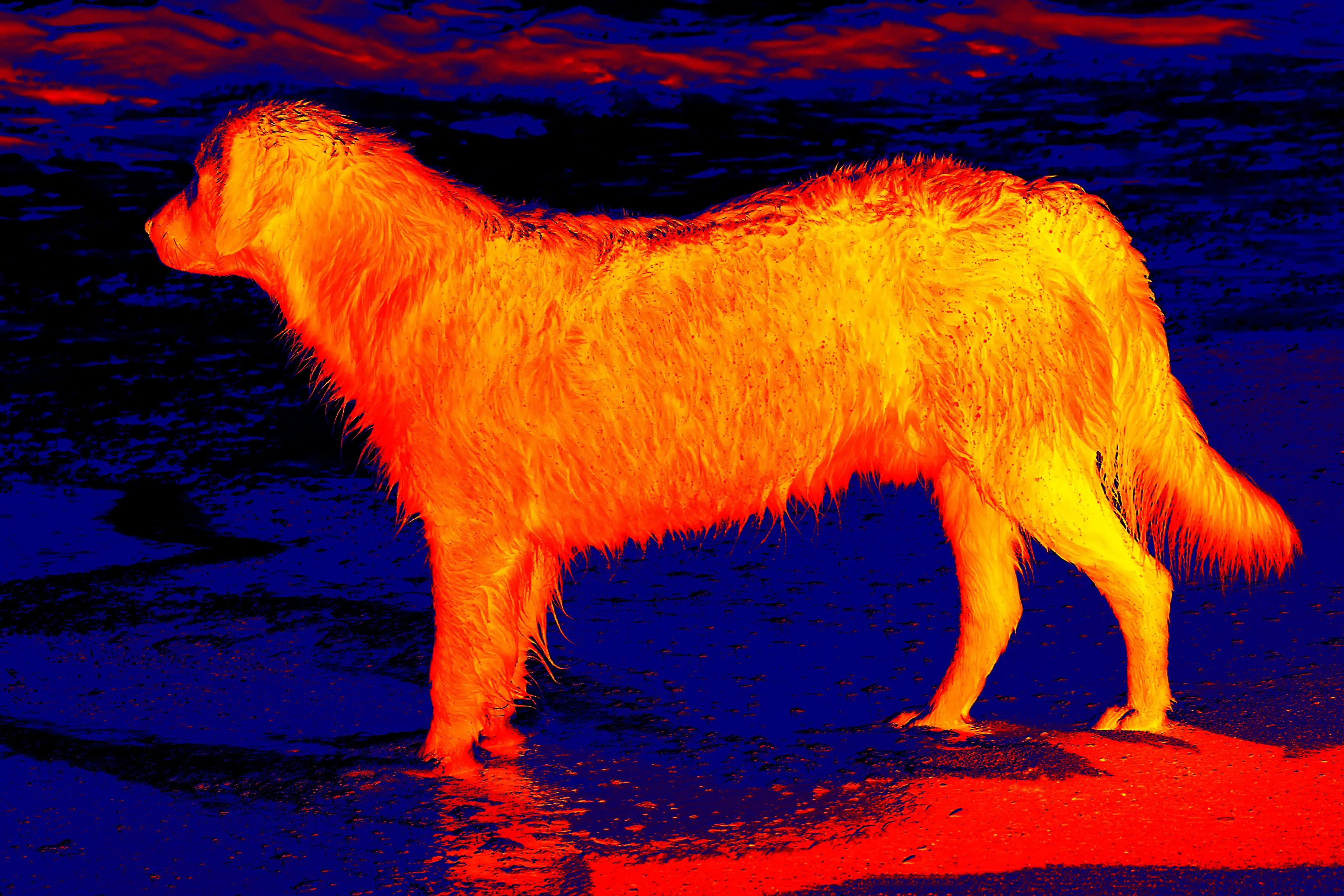Identifications of Bone Cancer in Canine Thermograms
Abstract: An algorithm is under development which can be used to detect bone cancer in canine thermograms for these body parts: elbow/knee, both anterior and lateral camera views, and wrist, lateral view only. Currently, veterinary clinical practice uses several imaging techniques including radiology, computed tomography (CT), and magnetic resonance imaging (MRI). But harmful radiation involved during imaging, expensive equipment setup, excessive time and the need for a cooperative patient during imaging, are major drawbacks of these techniques.
In veterinary procedures, it is very difficult for animals to remain still for the time periods necessary for standard imaging without resorting to sedation – which creates another set of complexities. The algorithm has been optimized through thousands of experiments to identify bone cancer in thermographic images. Optimal histogram features, Laws texture features and gray level co-occurrence matrix (GLCM) texture features are extracted and the data is normalized using standard normal density and softmax normalization. Euclidean, Minkowski, and Tanimoto comparison metrics are used with nearest centroid for pattern classification. Classification success rates as high as 88% for elbow/knee anterior, 85% for wrist lateral and 86% elbow/knee lateral have been achieved.
Reference: Naveena Gorre, Scott E. Umbaugh, Dominic J. Marino, Joseph Sackman. (2020) SPIE Conference Proceedings Thermal Infrared Applications XLII, 1140903 23 April;
| Interested in learning more about thermal imaging? Request a demonstration with Digatherm and discover how veterinary thermography can help you find problem areas faster and easily monitor treatment progress. |

